ABL Electrical Installation
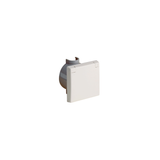
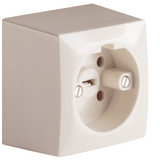
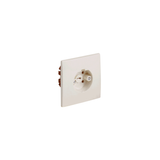
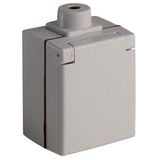
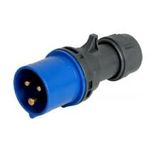
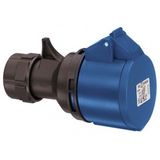
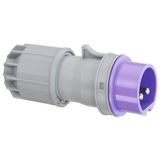
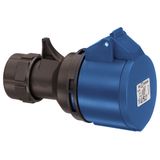
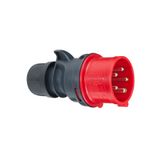

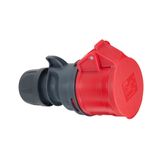


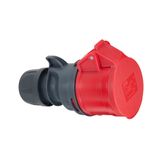
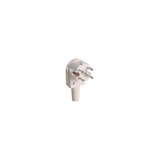

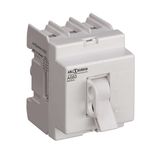
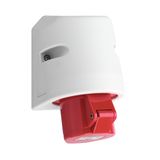
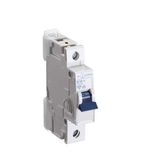



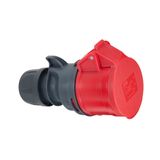





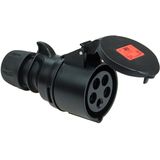
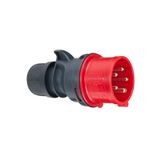
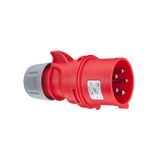
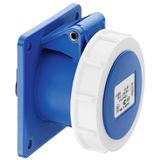
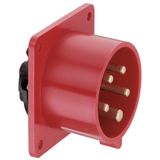

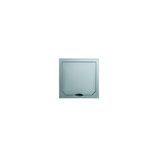


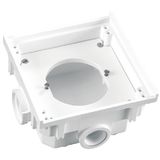

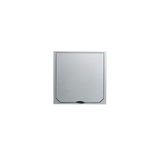
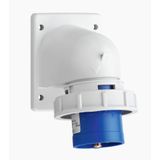
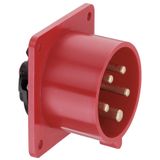

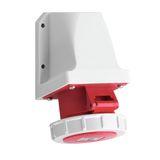
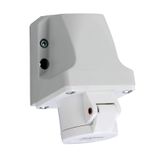
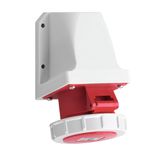
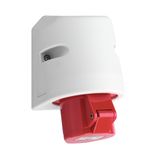
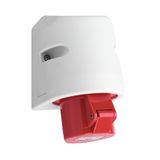
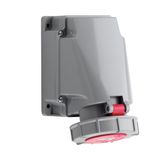
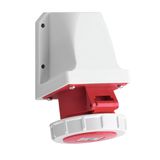
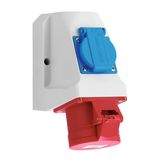
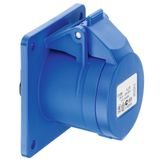
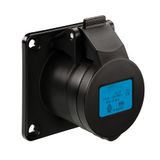
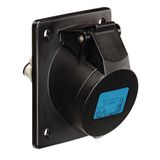
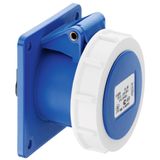

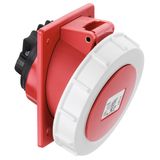


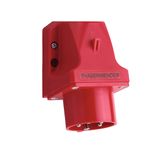
ABL installation systems underpin the physical integrity of any wiring scheme. Whether routing power to devices, protecting control cabling, or demarcating zones in enclosures, ABL parts ensure cables are secure, accessible, and safe. In a facility, poor mounting or conduit choice can cause cable strain, insulation fatigue, vibration damage, or code non-compliance. Using proper ABL mounting systems and installation components ensures that the electrical system is maintainable and resilient over decades, not just at commissioning.
Design Rationale and Construction of ABL Installation Components
ABL installation parts are engineered with three main demands: mechanical robustness, modular flexibility, and environmental protection. Conduits and ducts are typically extruded plastic (PVC, PP, or halogen-free variants) with consistent wall thickness to resist crushing or warping. Fittings (elbows, junctions, couplers) are dimensioned to maintain smooth transitions, avoid sharp edges, and preserve inside bend radius.
Mounting accessories—clips, universal brackets, channel rails—are designed with adjustment tolerance so installers can accommodate small alignment errors without stress. Junction boxes and enclosures include sealing gaskets and snap-fit covers to maintain ingress protection (e.g. IP54–IP65) when closed.
In more demanding cases, ABL parts may feature UV-stabilized materials for outdoor exposure, fire-retardant plastics (self-extinguishing or halogen-free) for safety zones, or metal inserts to reinforce mounting points. Internal cable clamps or partition walls inside boxes reduce movement and prevent conductor fatigue at connection points.
Variant Types and Their Use Cases
- Conduit & duct systems: flexible corrugated or rigid smooth bore—used for general routing, hidden runs, or exposed runs. Use flexible duct for bends and retrofits; rigid duct for structural stability.
- Mounting and support profiles: channel rails or “mounting rails” to carry multiple conduits or trays; slotted to allow modular fixing.
- Enclosures / junction boxes: surface, flush, or box types to host splices, connectors, or control devices. Select box depth and ingress rating according to environment.
- Fittings and accessories: elbows, tees, couplers, adaptors, termination pieces, blank covers, cable clamps. These eliminate custom cutting and simplify branches.
- Special parts: halogen-free runs, UV-resistant covers, protective shrouds, fire-barrier accessories for cable penetrations.
When comparing variants, evaluate trade-offs: tighter bends increase stress, deeper boxes cost more space, flexible conduits ease install but offer less protection, etc
Performance, Standards, and Reliability
Key performance criteria:
- Mechanical load: ability to resist impact, compression, or deformation under loads or accidental force.
- Thermal and dimensional stability: material must tolerate temperature cycles (e.g. –20 °C to +60 °C) without excessive expansion or contraction
- Fire performance: flame spread, smoke density, self-extinguishing behavior, halogen-free standards in public buildings.
- Ingress protection: especially for junction boxes and enclosures, to resist dust, moisture, spray.
- Dimensional tolerances and fit: precise geometry ensures that couplers and fittings seal properly and maintain alignment.
- Chemical and UV resistance: outdoors, plastics must resist sunlight, ozone, oils, solvents, or corrosive atmospheres.
Compliance with relevant building and electrical codes is essential: many jurisdictions require conduit continuity, accessible junctions, and proper spacing of supports
Installation and Integration Guidelines
- Route planning first: map cable runs, junction locations, bends, and drop points before unloading materials.
- Support spacing: follow code or manufacturer recommendations (e.g. supports every 0.5–1 m for conduit). Avoid long unsupported spans.
- Bend radius rules: do not force tight curves; exceeding minimum bend radius causes conductor damage. Use proper elbows or flexible conduit.
- Allow expansion gaps: especially in long runs, accommodate thermal expansion so clips or joints don’t bind.
- Proper sealing and entries: use grommets, glands, or seal rings at wall penetrations and box entries to maintain ingress protection.
- Segregation: separate power, data, control cables via physical barriers or separate runs to reduce interference.
- Bonding and grounding: if conductive parts or metal inserts are used, bond to earth to avoid floating conductors.
- Test before closure: after routing, check continuity, insulation resistance, clamping torque, before sealing covers.
Maintenance, Common Failure Modes, and Lifespan
Typical issues:
- Loose brackets or sagging conduits due to vibration or thermal cycling.
- Cracked fittings or junction boxes from impact or stress concentration points.
- Seal failures leading to dust or moisture ingress and eventual cable or connection corrosion.
- Material aging: UV exposure can embrittle plastic, causing failure around bends or joints.
- Misalignment across joints causing abrasion of cable jackets.
Maintenance protocols:
- Inspect supports and fasteners annually, especially in harsh or outdoor environments.
- Replace any cracked, faded, or deformed parts immediately rather than patching.
- Check seal integrity around box covers, especially where external water or dust might intrude.
- Maintain a small spare stock of critical components (elbows, covers, clamps).
- Document any re-routing or mods so future teams know where hidden conduits run.
With correct materials and good installation practice, ABL installation systems can last 20–30+ years in many environments.
Procurement and Selection Strategy for ABL Installation Hardware
For procurement:
- Define environment (indoor, damp, outdoor, chemical exposure) to select material class and IP rating.
- Estimate cable fill and future growth — oversize conduit early to avoid later upgrades.
- Choose modular systems so components (fittings, boxes, rails) share geometry and interconnect.
- Demand full product datasheets: mechanical ratings, fire ratings, dimensional drawings, material specs.
- Order a spare kit of common parts (connectors, elbows, covers).
- Confirm compatibility: e.g. mounting rail spacing matches conduit clip holes, box depths allow connector access.
- Assess supplier support: customized cuts, color options, fast logistics.
Distribution and Project Support by Bank of Lamps
Bank of Lamps stocks the full line of ABL installation systems and accessories in our European distribution hub. We deliver to UK, Germany, Netherlands, France, Spain, Belgium, Baltics — consolidation reduces cost and complexity. Our service includes engineering support on routing layouts, part matching to applications, and supply of complete accessory kits. Bulk orders get preferential pricing; trusted partners may receive post-payment terms. All items come with technical datasheets, traceable batch data, and parts lists to ensure your installation succeeds without surprises.